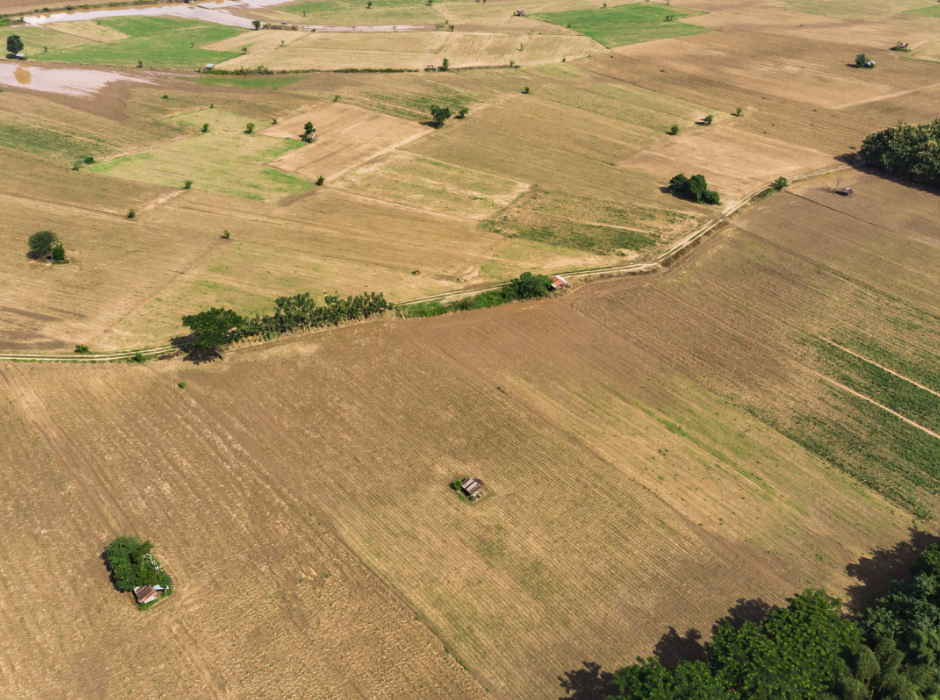Last spring we saw farmers battling with drought and a lack of moisture for planting. However, this year has presented a different challenge with an increase in moisture from extreme weather events such as flooding and blizzards. This has meant farmers have been unable to plant according to their planned schedule, which may result in increased prevented planting claims.
Due to these unforeseen circumstances, the winter wheat crop’s current good-to-excellent rating is the lowest for this time of year since a 23% rating was posted in 1989,” said DTN Lead Analyst Todd Hultman. The planting progress so far is 14% nationwide as of Sunday, May 1 — double the previous week’s 7%. Current progress is now 28 percentage points behind last year’s pace of 42% and 19 percentage points behind the five-year average of 33%.
These weather conditions are only set to continue with bouts of severe weather expected to hit multiple states of the US in coming weeks. To conclude, this weather is deemed heavy and widespread enough to keep producers out of their fields and planting their crops. This puts a huge strain on producers to be able to meet their planting predictions and causes a rise in prevented planting claims.
Whilst nothing can be done to control the weather, PlanetWatchers offer a range of services to support producers. We use SAR (synthetic aperture radar) led analysis, to provide validation of the RMA 1 in 4 rule to support the crop insurance industry with prevented plant claims.
SAR is unrestricted by weather or light conditions and can be captured day or night, regardless of cloud cover. Our accurate analysis provides detailed insight at the state, county, and field levels.
Focusing exclusively on crop insurance in North America, PlanetWatchers tells the story of every field saving our customers time and money by enhancing policy and claims validation.
